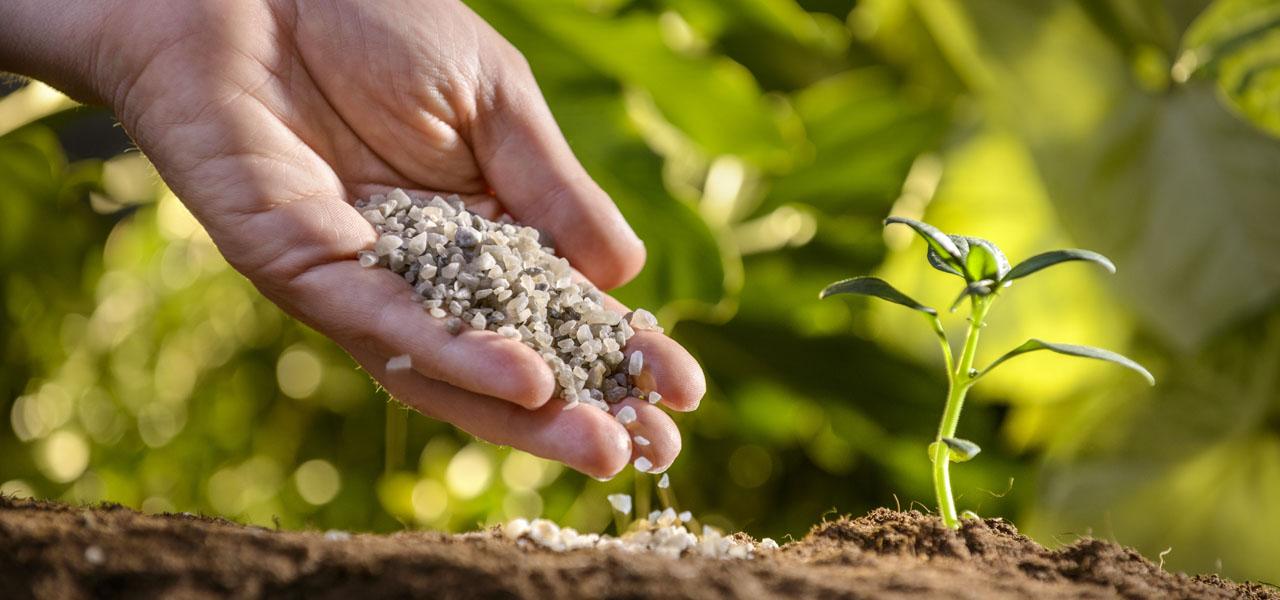Agricultural Micronutrients: The Importance of Micronutrients for Crop Growth and Yield

What are Micronutrients?
Micronutrients are plant nutrients that are needed in very small amounts for plant growth and health, but play a vital role in photosynthesis, enzyme function, and other metabolic processes within the plant. The main agricultural micronutrients include boron, chlorine, copper, iron, manganese, molybdenum, and zinc. While only small amounts are required compared to macronutrients like nitrogen, phosphorus, and potassium, micronutrient deficiencies can significantly limit crop yields if not properly managed.
Symptoms of Micronutrient Deficiencies
Each Agricultural Micronutrients plays a unique role in the plant, and deficiency symptoms vary depending on the specific nutrient lacking. Some common symptoms include yellowing or bleaching of leaves (chlorosis), stunted or deformed growth, and in severe cases, plant death. For example, iron deficiency results in interveinal chlorosis of young leaves. Manganese deficiency causes a bleached or mottled appearance between leaf veins. Zinc deficiency creates a rosetting or clustering of small leaves. Correct diagnosis of the nutrient in short supply is important to apply the right supplemental treatment.
Factors Affecting Micronutrient Availability
Several soil factors influence the availability of micronutrients to crops. Soil pH has a major impact, as micronutrients may be tied up or unavailable outside of a certain pH range optimal for plant uptake. For instance, iron is less soluble above pH 7.0. Organic matter content also plays a role, as micronutrients may bind to organic compounds in soils with high organic matter. Variable textures like sandy soils are prone to leaching of soluble micronutrients. Long-term imbalanced fertilizer programs drawing on macronutrients without replacing micronutrients can deplete soil levels over time as well.
Get More Insights on- Agricultural Micronutrients
- Art
- Causes
- Crafts
- Dance
- Drinks
- Film
- Fitness
- Food
- Oyunlar
- Gardening
- Health
- Home
- Literature
- Music
- Networking
- Other
- Party
- Religion
- Shopping
- Sports
- Theater
- Wellness
- IT, Cloud, Software and Technology


